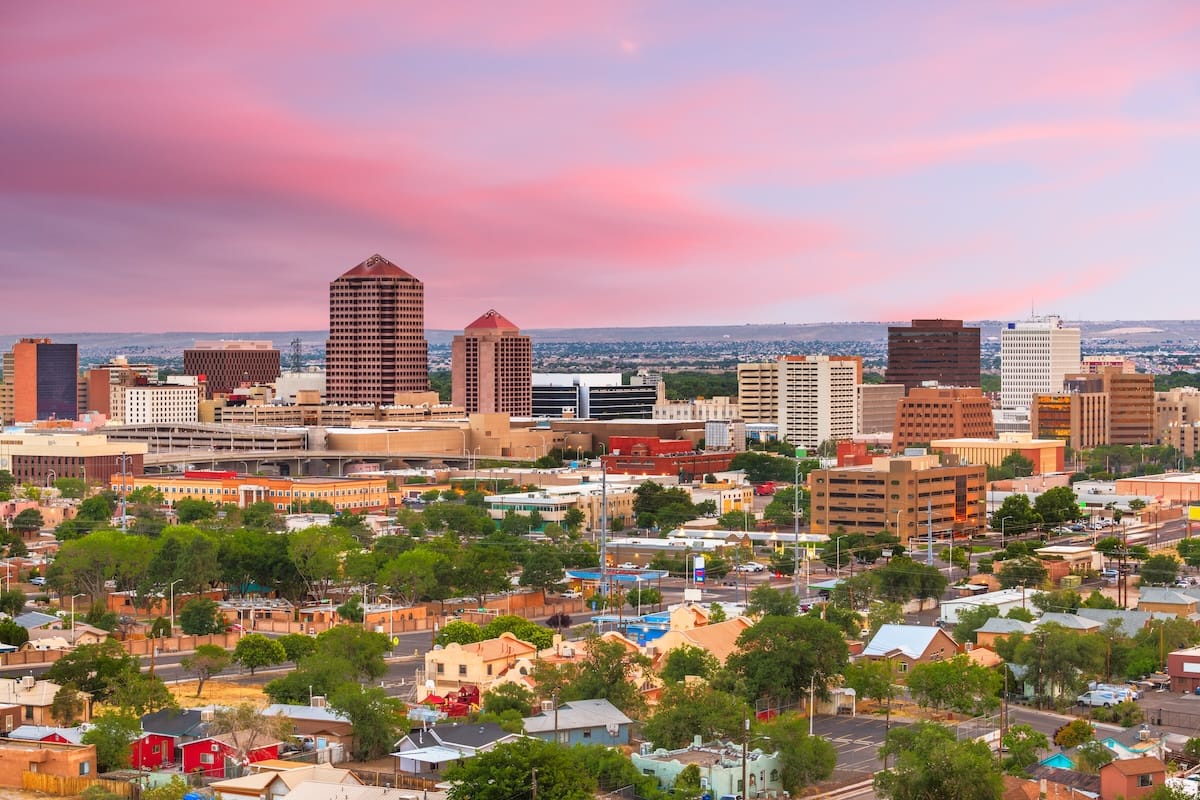Policy
Housing Shortfall Meets Political Stalemate in Albuquerque
A city facing a 56,000-home deficit stalls progress as opposition derails voluntary rezoning. Mayor Keller’s Housing Now agenda collides with residents’ resistance, leaving affordability goals uncertain.

Increasing housing density in Albuquerque has run into a buzzsaw of opposition.
Like many cities across the U.S., Albuquerque is confronting housing shortages and trying to address them by increasing density in areas currently zoned for single-family use.
Mayor Tim Keller’s recent zoning proposal suffered a significant setback when the city council’s Land Use, Planning, and Zoning Committee soundly rejected a voluntary opt-in ordinance. The measure would have allowed property owners to rezone for higher-density or mixed-use development if they chose.
The defeat came alongside two other rejections — an ordinance to expand renters’ rights and remedies with landlords, and another that would have relaxed the city’s “Safe Outdoor Spaces” law for housing people experiencing homelessness.
These decisions came just a week after Keller launched his Housing Now initiative, aimed at reducing rents, preventing displacement, and expanding access to stable housing.
Rejecting the voluntary upzoning ordinance was a tough blow. City officials estimate Albuquerque will need more than 56,000 additional homes by 2045 to meet demand.
The idea is that if you have your own private property, you should have a mechanism to choose what you want to do with that property,” Keller said during a press conference the day before the August 13 committee meeting. “Maybe the government should not be the one telling you that you can only do one thing on your property.”
Efforts to boost housing options have exposed deep divisions among residents, divisions that played out in a marathon public hearing on the opt-in ordinance.
Why the Opposition?
Opponents turned out in force. Nearly 40 residents spoke, with opposition outnumbering support by two to one.
Neighborhood organizations argued that the ordinance lacked adequate notification requirements for neighbors and relied on inaccurate demographic and housing-need data. Many urged the city to focus upzoning on significant, new developments—such as Albuquerque’s expanding west side—where change could be managed without disrupting established neighborhoods.
Others said housing regulations were already changing too quickly, and that more time was needed to assess impacts on infrastructure, schools, and parking.
Most criticism came from neighborhood associations, which warned of diminished community character, insufficient notification, and a lack of precise data to justify the proposal.
Loretta Naranjo Lopez, a neighborhood activist, told commissioners that the resolution was driven by outside business interests prioritizing profit over affordability.
This resolution to upzone only gentrifies historic neighborhoods,” Lopez said. “The City of Albuquerque and its citizens are being sold a lie that ending zoning and luxury development will solve affordability.”
Some critics argue that the city’s growth forecasts were exaggerated. They suggested that the real issue lay in repurposing vacant commercial properties, not altering residential zoning.
Supporters — including renters and affordable housing advocates — counter that the changes would improve affordability and foster livelier, walkable neighborhoods. They describe the ordinance as a flexible approach that would not force change on any community, while offering relief from rising rents and record-low vacancies.
There’s a narrow — but vocal — slice of the community fighting every effort, even as rents and homelessness skyrocket,” Jordon McConnell, communications chair for Strong Towns ABQ, told the committee in support of the measure.
Still, the committee rejected the ordinance by a 4-1 vote. Only Councilor Tammy Fiebelkorn, who sponsored the legislation, supported moving it forward.
The Challenge Ahead
The defeated ordinance was still formally reported to the full nine-member council. While it could theoretically be revived if four members backed it, local observers say the decisive committee vote makes passage unlikely, casting doubt on Keller’s broader Housing Now agenda.
Despite some successful housing initiatives, such as motel conversions and new multifamily construction, the city still faces a significant shortfall. With the opt-in plan defeated and other reforms facing strong pushback, leaders warn that Albuquerque risks falling further behind in housing supply, driving up rent burdens, and increasing homelessness.
As the city council considers its next steps, Albuquerque’s debate mirrors the national struggle over zoning, density, and the future of urban growth.
MORE IN Policy
Oklahoma City’s Boom Triggers Suburban Housing Demand Surge
A diversifying economy and billions in new investment are reshaping Oklahoma City. But rapid growth has created a housing shortfall that’s now spreading to the suburbs.
Texas Pro Housing Advocates Flip The Script On Local NIMBYs
As Dallas and other municipalities work to re-engineer zoning to thwart state-legislated higher-density, multifamily neighborhood development, affordability champions point to California as a cautionary tale.
Nashville Leaders Unite Behind Density Push, Critics Push Back
Music CIty advances a sweeping zoning reform plan to allow “missing middle” housing types citywide, aimed at adding 91,000 new homes. Supporters say it's a step to address affordability and inclusion. Critics warn the city is overstating growth projections and favoring developers.
